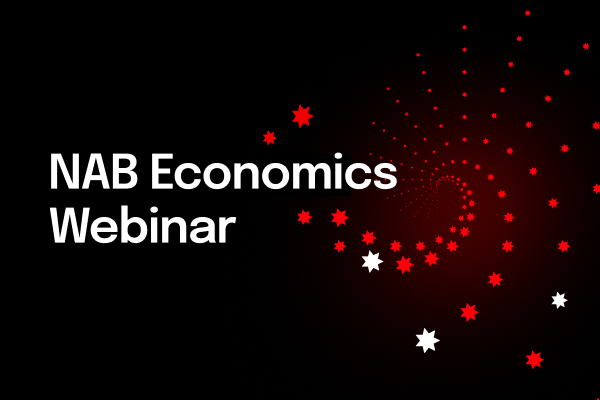Sally Auld, NAB Group Chief Economist, shares her insights on the economy


Webinar
The NAB Cashless Retail Sales Index rose 0.6% in November on a month-on-month basis, repeating its 0.6% (revised) increase in October.
This month we continue our podcast series to accompany the NAB Cashless Retail Sales Index. It’s a short,7 minute podcast, designed to give you a quick summary of the major drivers of the index this month. To listen, just click the link below.
NAB Chief Economist, Alan Oster commented:
The NAB Cashless Retail Sales Index recorded 0.6% month-on-month growth in November. Our mapping of the “official” ABS measure points to a print of 0.4% for November, gaining slightly on October’s 0.3%.
While this is a superficially positive headline result, November saw extensive promotion of Black Friday and Cyber Monday sales – relatively new events for Australia. These events are unlikely to be fully captured by the current seasonal adjustment patterns just yet, which means the underlying result is likely somewhat weaker. Furthermore, these events have probably brought forward some Christmas spending, which points to a downside risk for December retail sales.
The NAB Monthly Business Survey presents a generally sombre picture for retail. The retail sector recorded the weakest trend business conditions for any sector in November. Moreover, retail is currently the only industry to record deteriorating conditions (-4 index points). That said, retail prices increased somewhat for the month.
For some time, we have forecast only modest growth for household consumption. We believe a confluence of headwinds will continue to weigh on consumer spending over the next two years. Ongoing weak wage growth has weighed on household income growth for some time. While it appears to date that households have maintained spending by reducing their rate of saving, this cannot continue indefinitely. High debt levels and slower growth in household wealth are also likely to weigh on sentiment. Therefore we think the outlook for the retail sector is likely to remain relatively weak. For more information on our economic outlook, see The Forward View: Australia.
State level data has been something of a surprise this month. Victoria recorded the second strongest year on year growth in October, but the second weakest in November. While the data can be somewhat volatile, we will keep a close eye on further developments at a state level.
NAB’s index is derived from personal transaction data from NAB platforms (around 2 million transactions per day) and includes all cashless retail spending by consumers using debit and credit cards (both in person and online), BPAY and Paypal. NAB’s Cashless Retail Index is reasonably assumed to be representative of aggregate non-cash retail sales in Australia given its large sample size. The average growth rate for NAB’s index is stronger than the official ABS measure of retail trade given that it does not capture cash transactions, which is why we use our mapping equations to forecast the official ABS measure of retail trade. RBA research suggests 18% of the value of retail trade occurred via cash in 2016. Over time, the growth rates of the two series are likely to come together.
For more information, please refer to the attached report:
© National Australia Bank Limited. ABN 12 004 044 937 AFSL and Australian Credit Licence 230686.